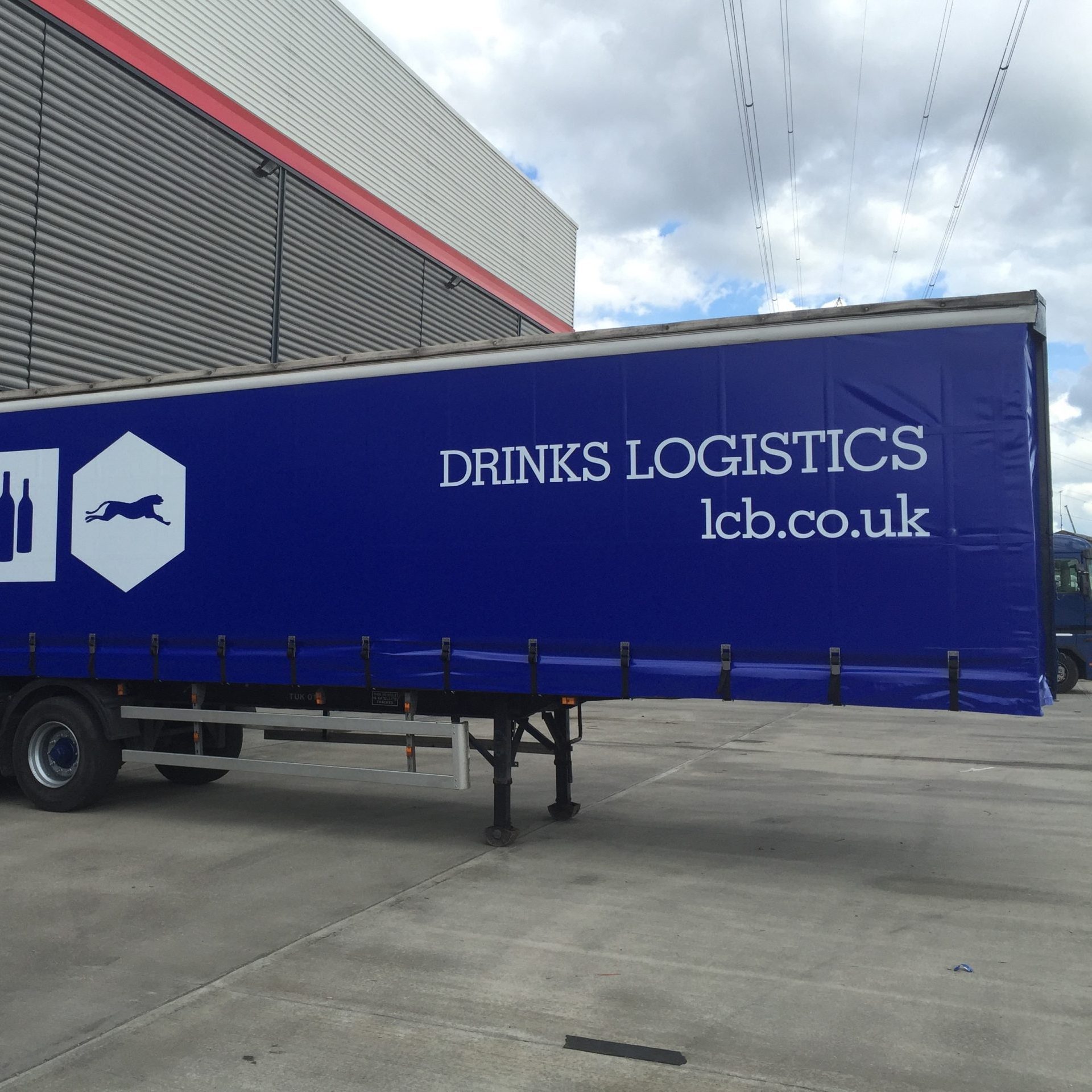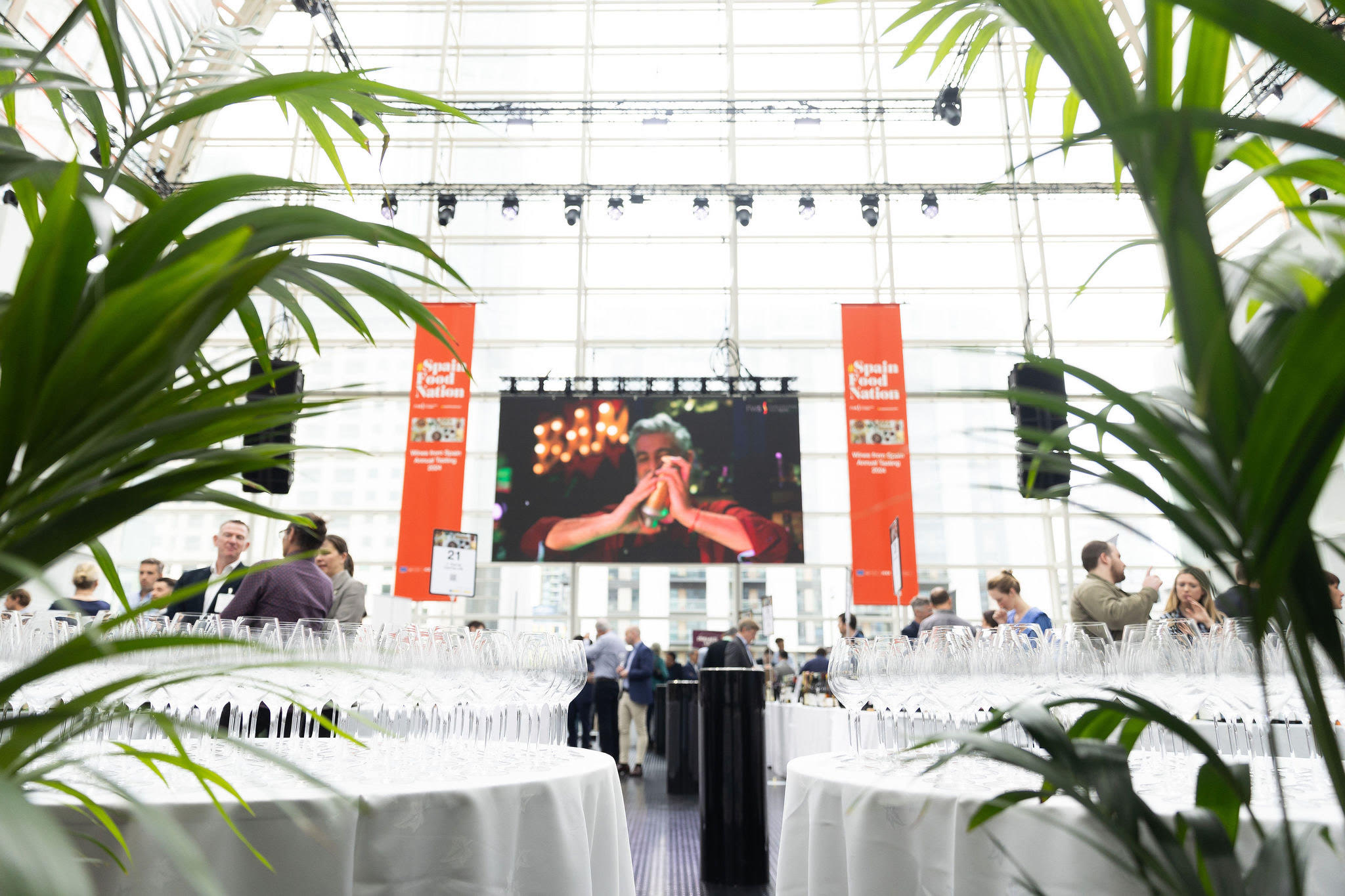Sainsbury’s sales slip over first half
By Arabella MilehamSainsbury’s saw trading slip in the first half of the year, with retail sales down 0.4% in the 16 weeks to 24 September.
Sainsbury’s had opened its new Bromley fulfilment centre (image: Sainsburys)
Like-for-likes on retail sales excluding fuel, fell more steeply during the second quarter than in the previous 12 weeks, down -1.1%, but the growth in transactions and volume was more encouraging, it said.
Online also proved a brighter spot however, with grocery sales up 8% and customer order up 12% – and is likely to grow with the recent opening of the Bromley dark store to cater for London, while convenience also grew 7% in the quarter, growing with 9 new stores, bringing it to 16 in the first half.
Group chief executive Mike Coupe said the retailer was making progress in a competitive market marked with food deflation, and the like-for-like transaction growth across all channels and total volume growth showed that customers were “consistently choosing Sainsbury’s for the choice, quality, value and customers service we offer.”
“We expect eh market to remain competitive and the effect of the devaluation of sterling remains nuclease, However Sainsbury’s is well positioned to navigate the changing marketplace and we are confident that our strategy will enable us to continue to outperform our major peers.
He also unveiled five new “strategic pillars” for underpinning its operational strategy, which he said would help Sainsbury’s become “the most trusted retailer where people love to work and shop” through investing in everyday competitive pricing, boosting quality and range, leveraging its acquisition of Argos and habitat to boost it multi-channel offer and concentrating on its customer service and corporate responsibility values.
Shore Capital analyst Clive Black said the new taglines were evidence that the business was seeking to distance itself from its more value based superstore rivals, and remained cautious about its profit expectation. “ We make this point highlighting that we see the gradual recovery of Tesco UK as a cause for real concern for Sainsbury in terms of the scope for greater direct competitor attrition, something the business has not had to content with since the later ‘noughties’,” he said.
Partner Content
However he applauded it cutting its promotional activity, “which we believe merits respect, bringing as it does the benefits of simplification, whilst chipping away at pricing” while acknowledging Sainsbury was unlikely to be a price leader.
However it dismissed its assertion that ‘we know our customers better than anyone else’ as self-evident and“ meaningless mumbo-jumbo”.
The results follow promising results Morrison, which saw its third consecutive positive quarter, with like-for-likes (excluding fuel and VAT) up 2.0%, taking its half year like for likes to 1.4%. Tesco, whose interim results are due next week, saw a positive performance in June, which it said was evidence that the business has been stabilised.
Connor Campbell, a senior market analyst at Spreadex.com said it looked as though Sainsbury’s was starting to lag behind in the supermarket price war. “While Morrisons, traditionally the weakest of the Big Four, managed a third consecutive quarter of like-for-like sales earlier in the month and, according to Kanter Worldpanel, Tesco is at a two year sales high, Sainsbury’s revealed yet another disappointing update,” he noted.




